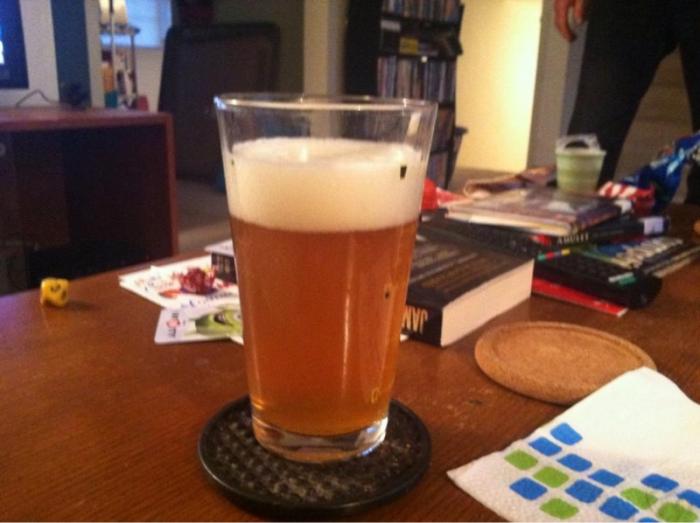Hi all- very excited to brew my first home brew this weekend, when my Brooklyn Brew Kit arrives. I've read a lot of posts on here and other sites, and was just asking for any more tips and hints that may be out there?
I purchased the IPAD brew kit. Looks like sanitizing everything is the first (and most important) step. I tend to freak out when things are not going completely by the book with cooking, som assume it will be the same here, which is why I ask for any good unwritten tips?
Definitely looking forward to the voyage with this! Thanks everyone
I purchased the IPAD brew kit. Looks like sanitizing everything is the first (and most important) step. I tend to freak out when things are not going completely by the book with cooking, som assume it will be the same here, which is why I ask for any good unwritten tips?
Definitely looking forward to the voyage with this! Thanks everyone











































![Craft A Brew - Safale S-04 Dry Yeast - Fermentis - English Ale Dry Yeast - For English and American Ales and Hard Apple Ciders - Ingredients for Home Brewing - Beer Making Supplies - [1 Pack]](https://m.media-amazon.com/images/I/41fVGNh6JfL._SL500_.jpg)













 Hmmm... I really wouldn't have thought that was possible. I would have thought if the bag was in water then the water would be the medium and burning would be impossible.
Hmmm... I really wouldn't have thought that was possible. I would have thought if the bag was in water then the water would be the medium and burning would be impossible.


